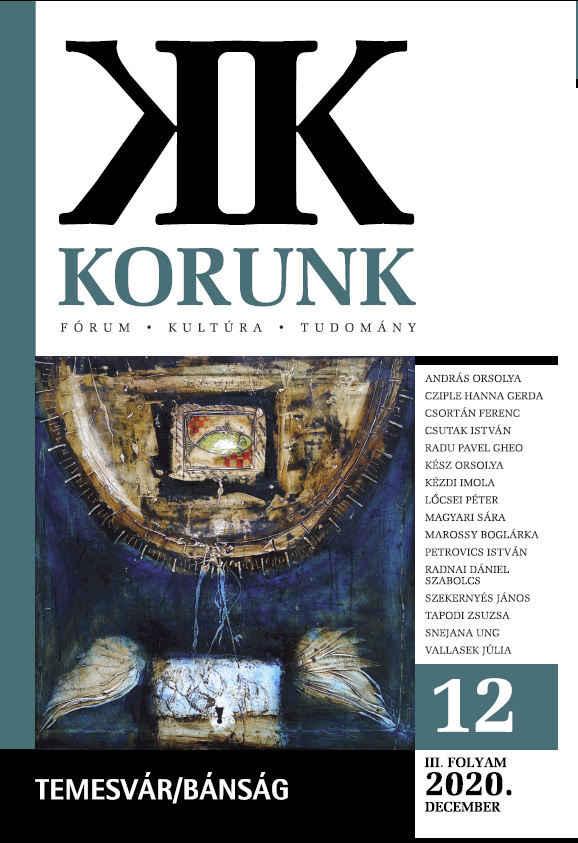Dália és aszfaltszőnyeg. Herta Müller Bánság-térképe
A Dahlia on the Asphalt Carpet. Mapping the Banat Region in Herta Müller’s Works
Author(s): Orsolya AndrásSubject(s): Cultural history, Romanian Literature
Published by: Korunk Baráti Társaság
Keywords: Herta Müller; Banat; narrative mapping; boundaries; periphery
Summary/Abstract: The theoretical framework of this paper is based on the spatial turn, the affective turn and the notion of narrative mapping, as we imagine spaces linked to emotion and identity. We explore the representation of the Banat region in Herta Müller’s works, focusing on the following aspects: depiction of the natural and artificial environment, institutional spaces, limits and boundaries of spaces and of the body. The author’s native village Nitzkydorf is pictured as a claustrophobic space dominated by restrictions and the silencing of personal and historical traumas. The characters are isolated, vulnerable, and unable to communicate, which transforms the village in a miniature of the dictatorship affecting the whole country. The city of Timişoara is a space of fear and uncertainty in Herta Müller’s autofiction. There is no intimacy or trust, private spaces are invaded by the oppressive power. However, the multicultural environment and a community of resistance provide the characters some protection and hope. Peripherical spaces and the violent transgression of boundaries define Herta Müller’s map of the Banat region, questioning the concepts of home and identity.
Journal: Korunk
- Issue Year: 2020
- Issue No: 12
- Page Range: 61-69
- Page Count: 9
- Language: Hungarian

